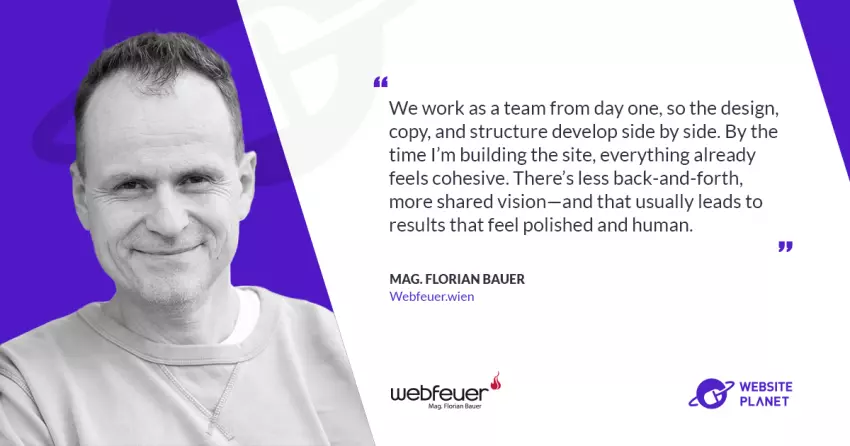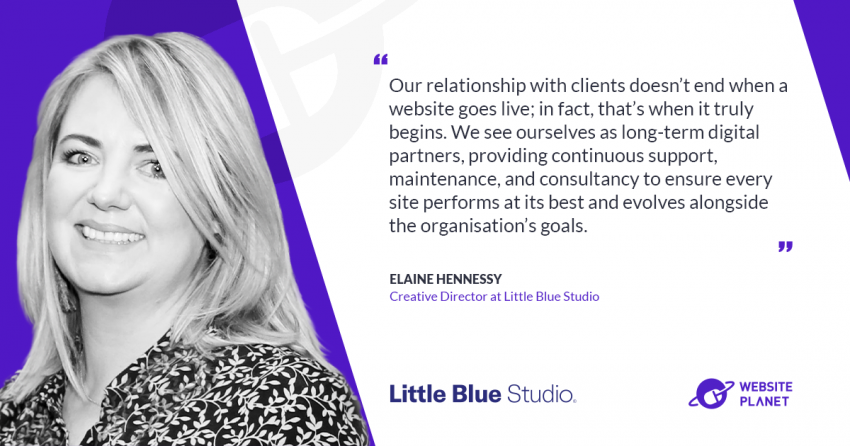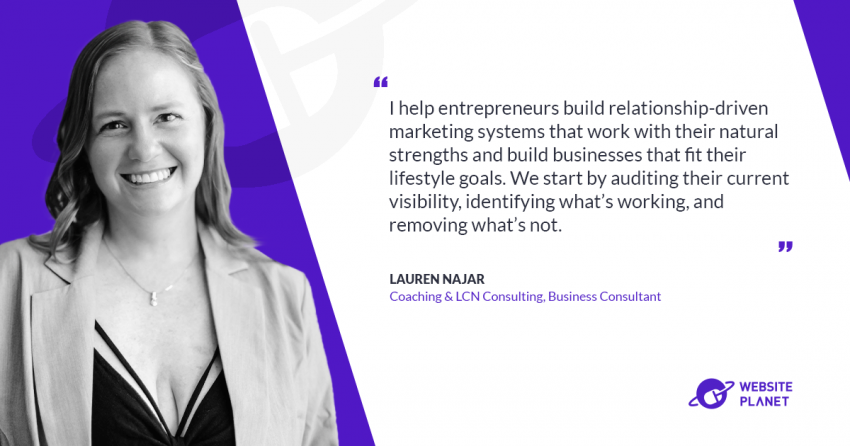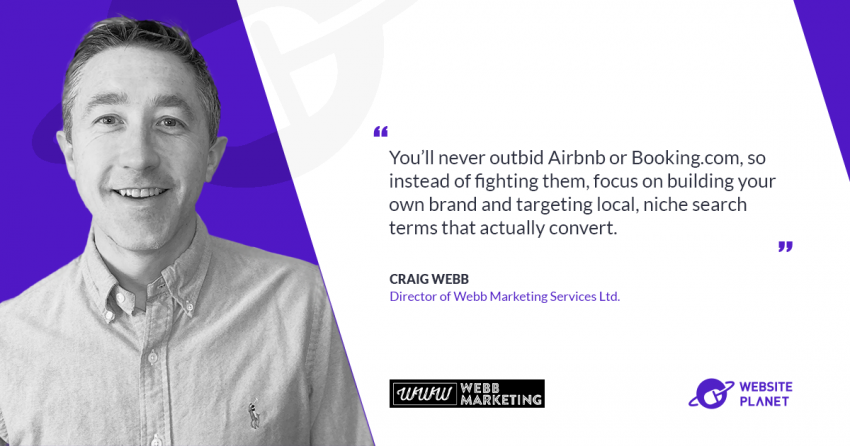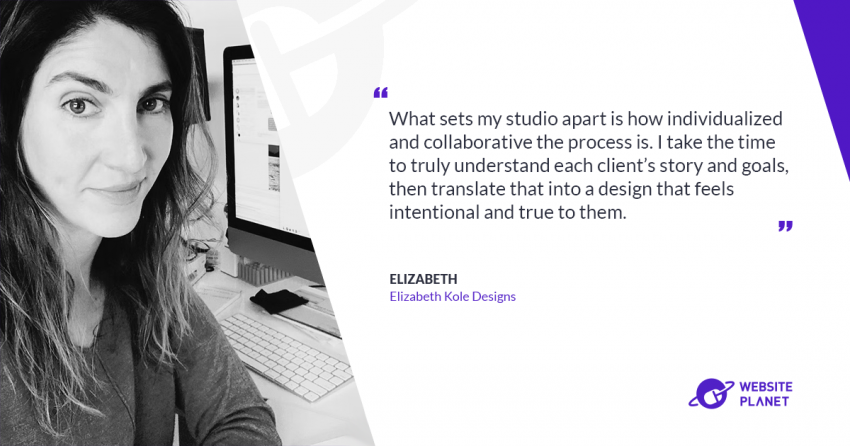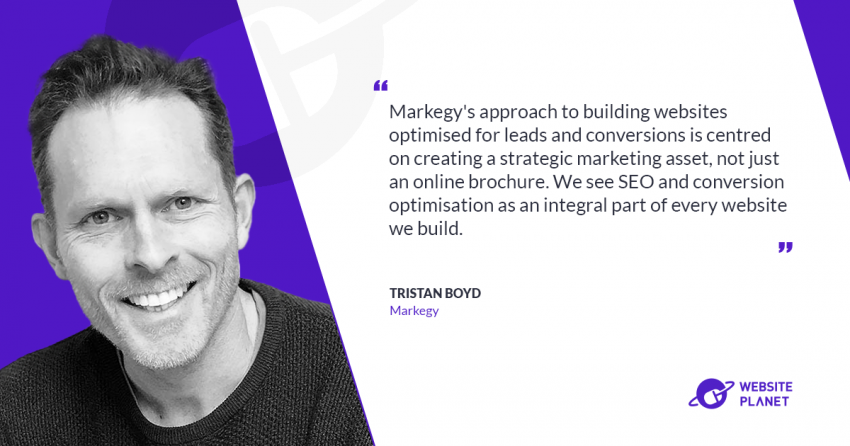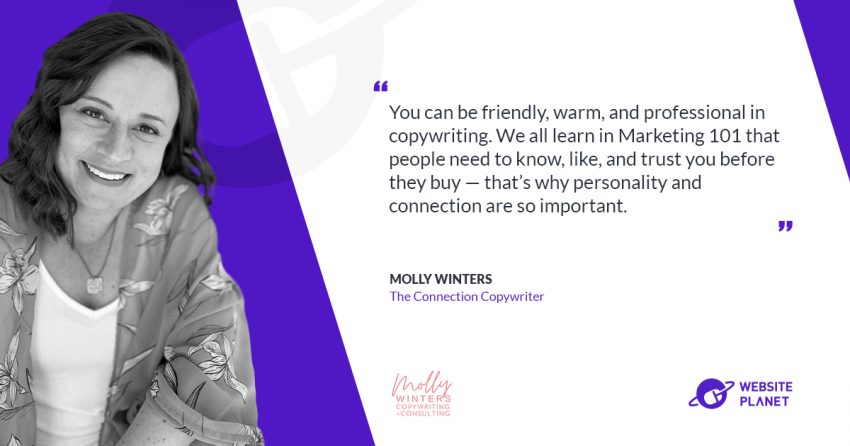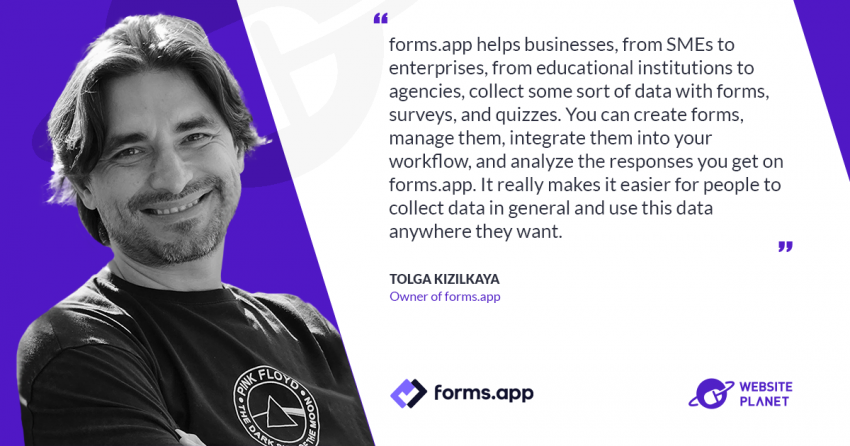Here’s the thing: in this Website Planet interview, Florian Bauer talks about Joomla the way some people talk about their favorite toolbox—because it lets him build fast, clean, and future-proof sites without fighting the structure.
He explains how pairing it with YOOtheme Pro gives him the freedom to design almost anything while keeping content updates foolproof for clients. The conversation quickly shifts from tech to trust, especially when he breaks down why privacy-first thinking and solid foundations matter more than flashy add-ons.
What this really means is that his sites aren’t just pretty—they’re stable, ethical, and built to age well.
What advantages do you see in using Joomla (with tools like YOOtheme Pro) for both design flexibility and long-term site maintenance?
I’ve used Joomla for almost 20 years because it offers a great mix of flexibility and structure. With YOOtheme Pro added in, it becomes a really powerful design system—you can build almost anything visually, without compromising the underlying logic.
What I especially like is how it separates design from content. Once the setup is in place, clients can update text, images, or even add pages without worrying about breaking the layout. It’s stable, scalable, and handles updates well. That reliability is why I keep coming back to it for projects that need to look sharp and stand the test of time.
How do you ensure that websites you build are GDPR-compliant, especially when handling personal data or integrating third-party services?
I take a “privacy-first” approach right from the start—it’s not something I bolt on later.
That includes:
- Only collecting the data that’s truly needed.
- Using clear cookie banners and consent tools so nothing loads without approval.
- Hosting things like fonts (YOOtheme pro does that automatically!) or videos locally whenever I can.
- Ensuring everything runs securely, with SSL and ongoing updates.
I also walk clients through what GDPR means for them—like what belongs in their privacy policy or how to handle data requests. It’s not just about ticking legal boxes; it’s about showing users their data is handled with care.
Can you describe how your “Das Destillat” team model (designer + photographer + copy + web developer) works in practice on a project?
“Das Destillat” is all about getting to the heart of a brand—distilling it down to something clear and authentic.
Each of us brings a different strength: a designer for visuals, a photographer and copywriter for real imagery and the right tone, and me for bringing it all together online.
We work as a team from day one, so the design, copy, and structure develop side by side. By the time I’m building the site, everything already feels cohesive. There’s less back-and-forth, more shared vision—and that usually leads to results that feel polished and human.
How do you balance pixel-perfect design with responsive performance (on mobile, tablets, etc.)?
It’s definitely a balance. I love good design, but not if it compromises how the site works on different screens.
A static desktop mockup often needs to breathe a bit more on mobile, so I use flexible spacing, scalable typography, and optimized images to make sure everything adapts naturally. I also test early and often on actual devices—not just browser windows.
If it looks great and feels smooth across the board, that’s what I call perfect.
What process do you follow when a client already has design assets (graphics, templates)—how do you convert those into functioning templates and coded pages?
This comes up a lot, and it’s usually a good starting point.
First, I go through what the client has—design files, fonts, colors, brand guides—then I translate those into working templates within Joomla and YOOtheme. The idea is to make the final site feel true to the original design, while also being easy to update down the road.
I’m not just replicating static visuals—I’m turning them into a live, flexible system. That way, every new page they create stays consistent, without extra effort.
How do you integrate SEO best practices (structure, performance, content) in Joomla-based sites from the early planning stages?
SEO starts with the basics: structure. I make sure the site is clear and easy to navigate—for both users and search engines. That means clean URLs, proper heading hierarchies, and logical page layouts.
Then comes performance—fast load times, efficient code, and reliable hosting. That part really pays off.
Finally, content. We write for people first: helpful, relevant content that actually answers questions. When you get that right, search engines usually follow.
When all those things work together, you don’t need to “do SEO” as a separate task. It’s built in from the start.
Find out more at: www.webfeuer.wien
